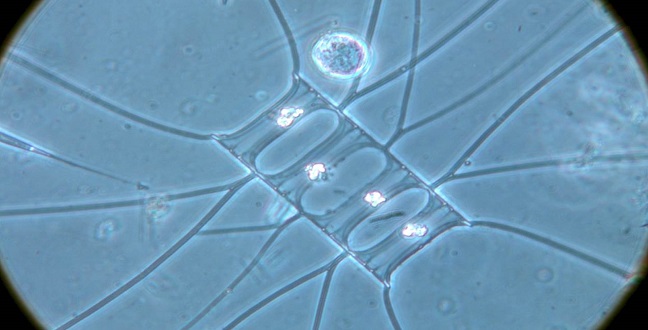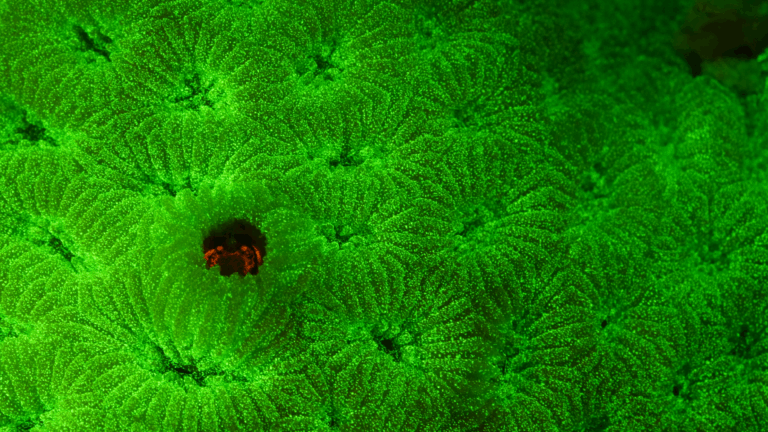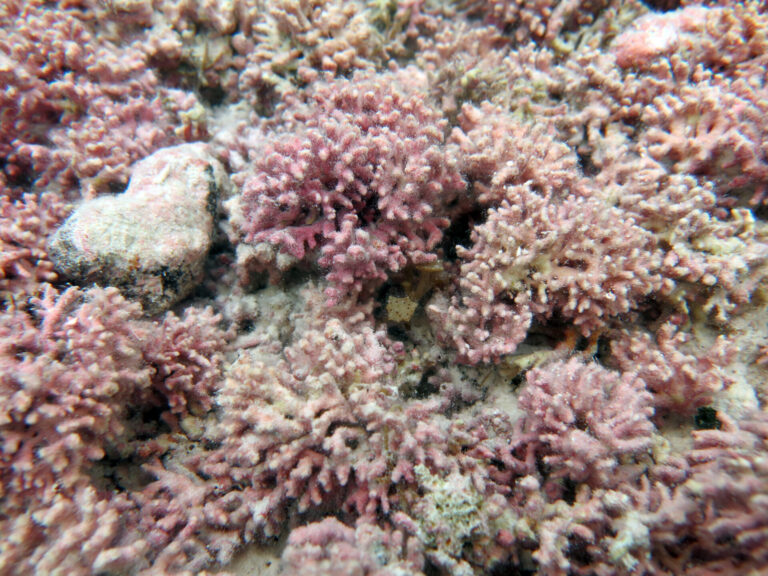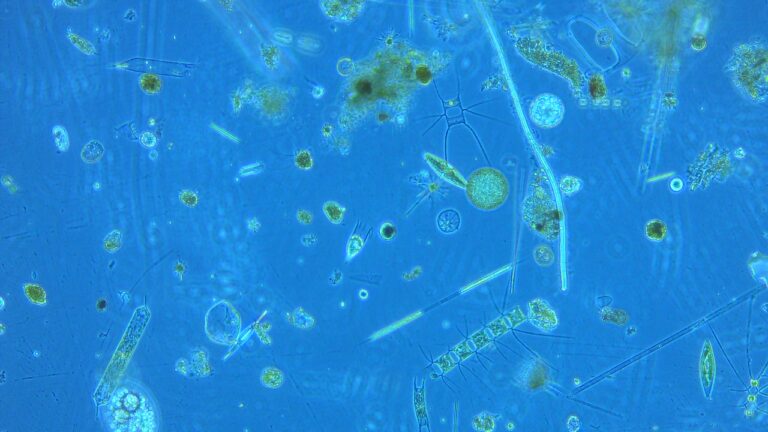Marine Science
Ocean’s carbon pump reaches new depths
A look at life in the depths of the ocean reveals an efficient system of pumping carbon out of the atmosphere.


A colony of oceanic diatoms similar to those found at a depth of 4,000 meters during the Malaspina 2010 Circumnavigation Expedition.
© 2015 KAUST
The transfer process of carbon dioxide from the atmosphere to the deep sea is more efficient than previously thought, shows a study of phytoplankton from the open ocean led by researchers from KAUST.
The ocean acts as a “carbon sink,” meaning that carbon dioxide from the atmosphere is absorbed by phytoplankton that, when attached to other particles, sink to depths of more than 1,000 meters. Recycling of carbon from these depths back into the atmosphere takes centuries.
This “biological carbon pump” has been studied extensively near coastlines where phytoplankton are abundant. Susana Agusti from KAUST’s Red Sea Research Center and a team of collaborators from Spain set out to discover whether the same process occurs in the deep (bathypelagic) waters of the major oceanic basins where plankton are less abundant.
“Sampling of the deep ocean is difficult and time-consuming, and as a consequence, the bathypelagic waters are still poorly explored,” explains Agusti. “The information we have about large, remote oceanic areas is limited.” The researchers joined the Malaspina 2010 Circumnavigation Expedition, an interdisciplinary research project led by the Spanish National Research Council that examines the impact of global change on the oceans, and sampled the bathypelagic waters of the Atlantic, Indian and Pacific Oceans at depths of 2,000 to 4,000 meters.
To sample the waters efficiently, the team developed a new oceanographic device called the Bottle-Net, which allowed them to select the depth intervals at which samples were collected. Each deployment and recovery of the sampling system took four hours, with the team then analyzing the collected samples at sea.
They found that healthy phytoplankton, which mostly included diatoms, were present at the sampled depths. As phytoplankton require sunlight to produce energy and cannot survive for long at such depths, their presence shows that the biological carbon pump works efficiently throughout the oceans, regardless of the abundance of phytoplankton at the surface.
“We tested the resistance of phytoplankton to the conditions of bathypelagic waters and found that half the population dies every three to 24 days,” explains Agusti. “Diatoms that sink simply by gravity would require 1,000 to 5,000 days to reach a depth of 4,000 meters, leaving no chance that any would still be alive.”
“Our results demonstrate that the mechanism that removes anthropogenic carbon dioxide into the deep ocean is fast and therefore more efficient than previously believed,” concludes Augsti.
References
- Agusti, S., Gonzalez-Gordillo, J.I., Vaque, D., Estrada, M., Cerezo, M.I., Salazaar, G., Gasol, J.M. & Duarte, C.M. Ubiquitous healthy diatoms in the deep sea confirm deep carbon injection by the biological pump. Nature Communications 6, 7608 (2015).| article
You might also like

Marine Science
Tiny crabs glow to stay hidden

Marine Science
Mass fish deaths linked to extreme marine heatwave in Red Sea

Marine Science
Weeding out the secrets of Red Sea macroalgae

Bioscience
Digging into the world of plant-growth-promoting microbes

Marine Science
Rhodoliths found in a surprise location

Bioscience
Unique microbiome discovered in mountain streams

Marine Science
Examining phytoplankton’s past to reduce future algal blooms

Marine Science



